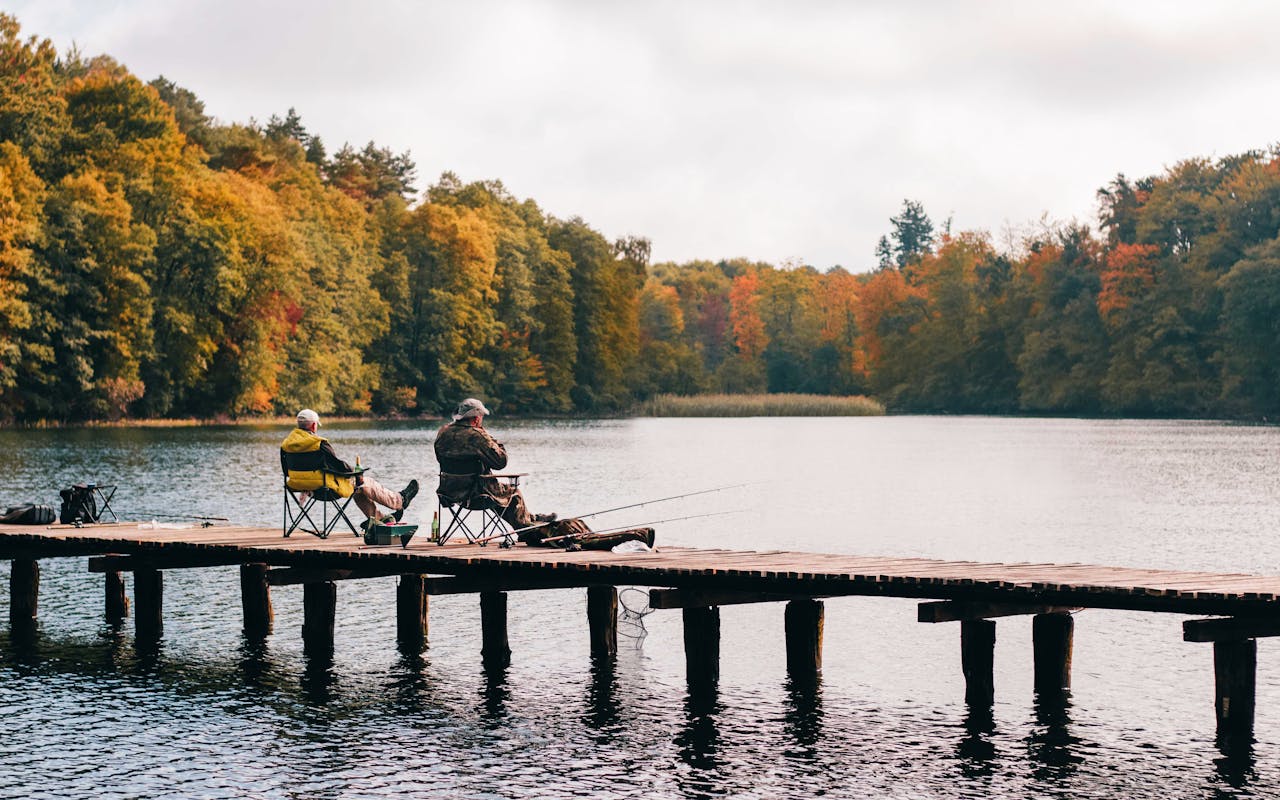Fishing is both an art and a science, offering a serene connection with nature alongside the thrill of the catch. Whether you are a seasoned angler or just starting, mastering various fishing techniques can significantly enhance your experience and success rate. This article will delve into essential fishing techniques that every enthusiast should know, ensuring you are well-equipped for your next angling adventure.
1. Understanding the Basics: Choosing the Right Gear
Before diving into specific techniques, it’s crucial to understand the importance of selecting the right gear. The choice of rod, reel, line, and bait significantly influences your fishing experience. A good starting point is to match your gear to the type of fish you aim to catch. For example, lighter gear is suitable for smaller fish, while heavier gear is necessary for larger species. Additionally, familiarising yourself with different bait types and their effectiveness can greatly improve your catch rate. Visit Fresh Catch Daily for more information.
2. Casting Techniques
a. Overhead Cast
The overhead cast is one of the most basic yet essential casting techniques. It involves holding the rod vertically, swinging it backward to load it with energy, and then thrusting it forward in a smooth motion, releasing the line at the right moment to achieve distance and accuracy. This technique is versatile and can be used in various fishing environments.
b. Side Cast
The side cast is another fundamental technique, particularly useful when fishing in areas with overhead obstructions, like trees or bridges. It involves a horizontal swing of the rod, allowing you to keep your line low while maintaining control and precision.
3. Bait and Lure Fishing
a. Live Bait Fishing
Using live bait can significantly increase your chances of attracting fish. The key is to choose bait that is native to the water you’re fishing in, as this is what the fish are accustomed to eating. It’s also crucial to hook your bait properly to keep it alive and moving, making it more enticing to your target species.
b. Lure Fishing
Lure fishing requires a more active approach, as you must make the lure mimic the movements of real prey. This involves mastering various retrieval techniques, such as jigging, trolling, and casting and retrieving at different speeds and rhythms. Experimenting with various lures and colors can also help identify what the fish are responding to on any given day.
4. Bottom Fishing
Bottom fishing is a technique used to catch fish that feed near the seafloor. This method typically involves a sinker to keep your bait in the desired depth, waiting for the fish to bite. It’s particularly effective for species like catfish, carp, and certain types of bass. Patience is key in bottom fishing, as it may take some time for fish to find your bait.
5. Fly Fishing
Fly fishing is a distinct and skillful technique that involves using a lightweight lure, or ‘fly,’ to mimic insects on the water’s surface or just below it. This method requires a special rod and line, and the angler must learn to cast in a way that the fly lands gently on the water. Mastering the art of fly selection and understanding the feeding patterns of your target fish can be incredibly rewarding in fly fishing.
6. Ice Fishing
For those willing to brave the cold, ice fishing offers a unique experience and requires specialised techniques. Drilling a hole through the ice and using smaller gear and bait is essential, as fish are generally less active in colder temperatures. Using a sounder or underwater camera can also help locate fish beneath the ice.
7. Drift Fishing
Drift fishing allows you to cover more water and present your bait naturally, using the current to move your bait through the water. This technique is effective in rivers or streams and can also be applied in offshore or inshore saltwater environments. The key is to control the speed of your drift to keep the bait moving enticingly through the water.
Conclusion
Mastering these fishing techniques will not only enhance your angling skills but also increase your enjoyment and success in various fishing environments. Remember, practice is crucial, so don’t be discouraged by initial failures. Each fishing outing is an opportunity to learn and improve. Whether you prefer the tranquility of a quiet lake or the challenge of a rushing river, the right techniques will help you achieve a successful and rewarding fishing experience.





